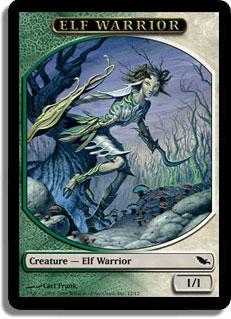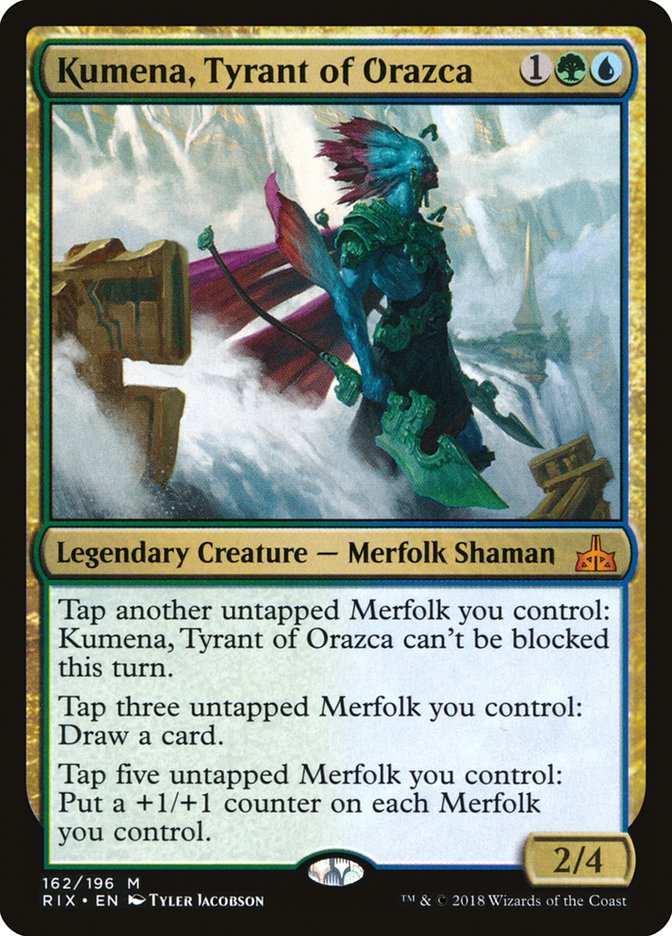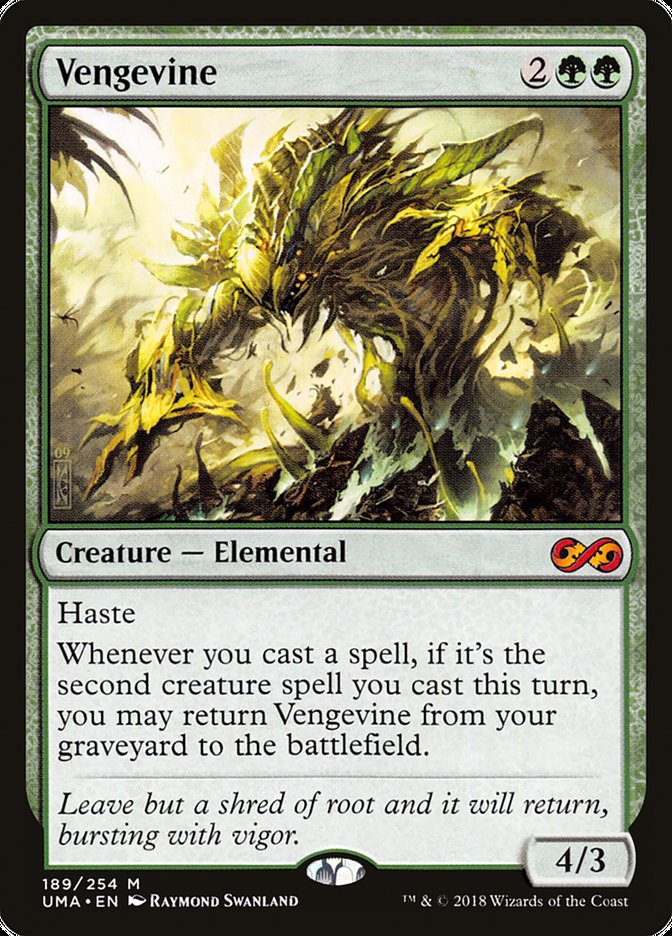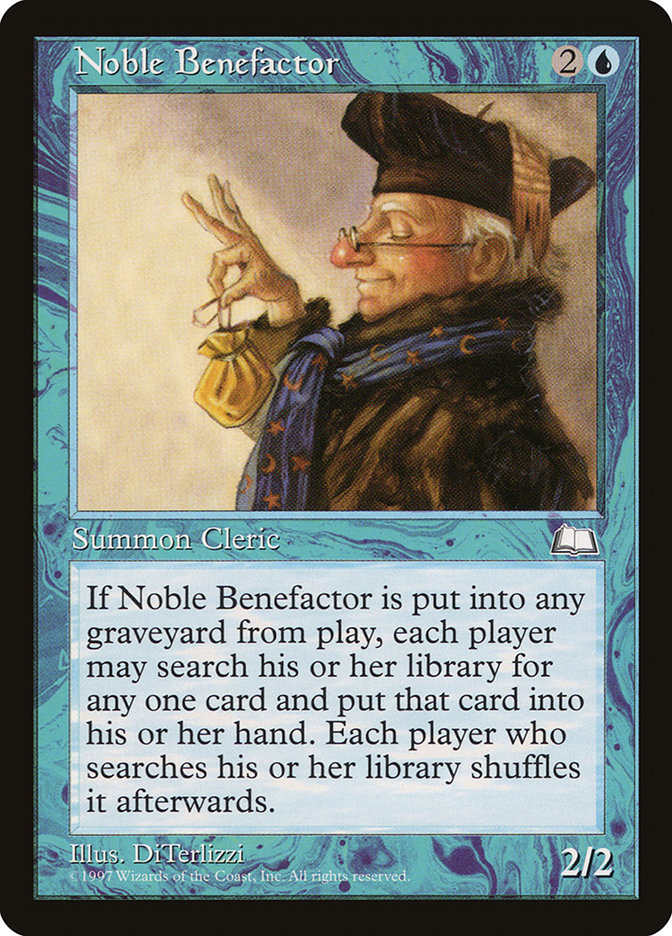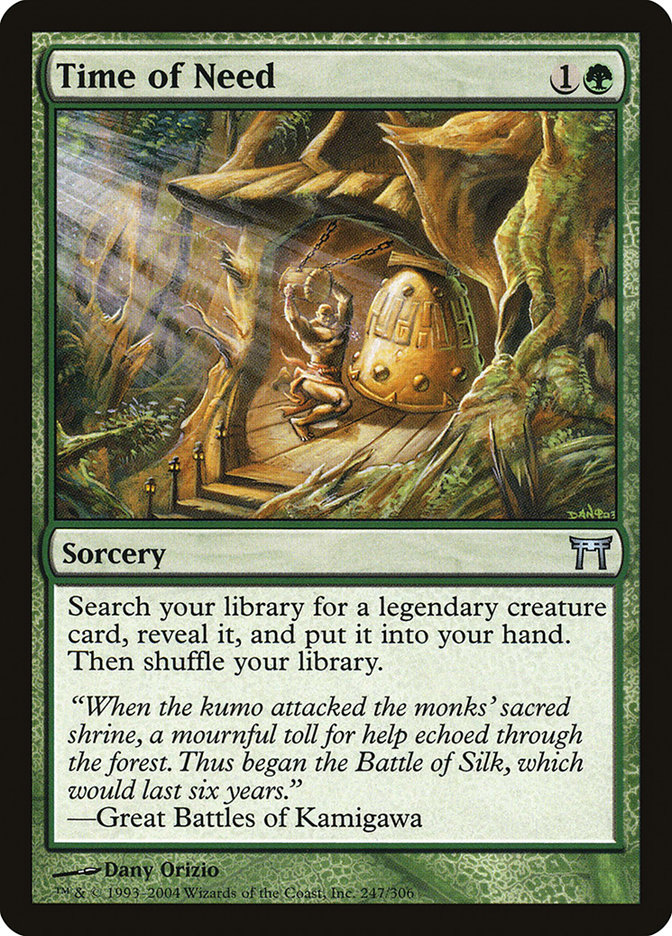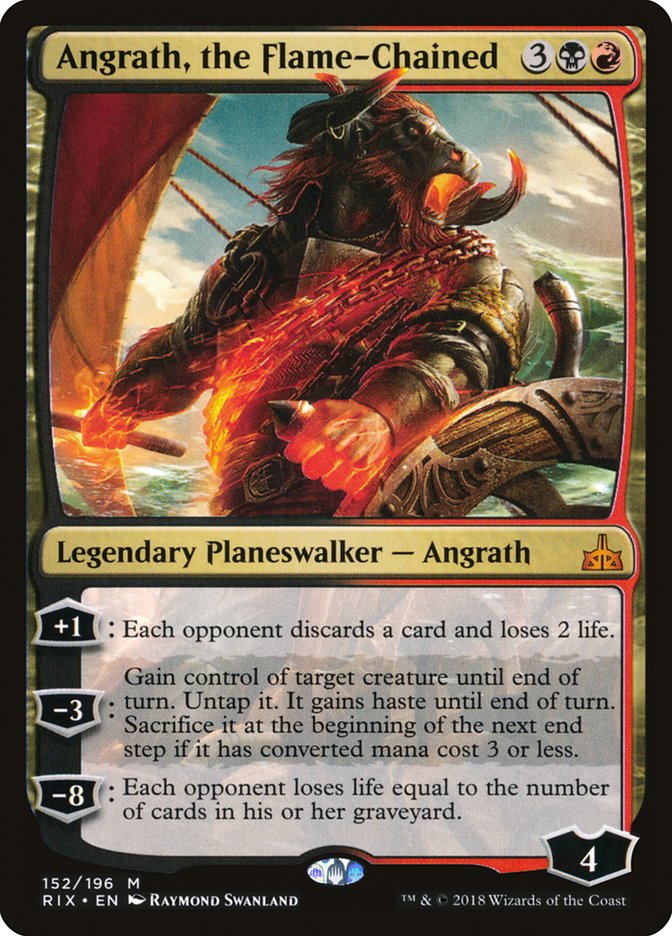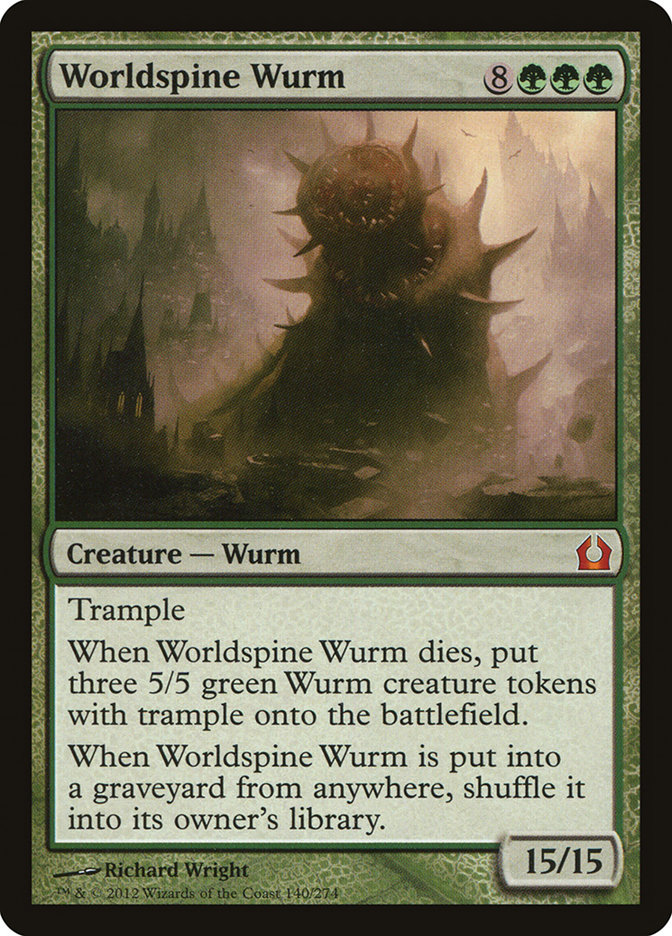I never keep all of my New Year’s resolutions.
Oh, sure, I usually start January with ambitions of losing 25 pounds, journaling every day, getting published somewhere great, and a half-dozen other overambitious goals, but I usually forget about them by the time March rolls around. This year, I resolved to record a few seconds of video each day that I could cut together into a fun yearly retrospective. I made it longer than I usually do, but my archive peters out into nothing by mid-April.
Does that mean it’s time to stop making New Year’s resolutions? Heck no! All progress is good progress, especially if it gets you closer to my eventual goals. I didn’t lose 25 pounds this year, but I’m thinner than I was in December of 2017. I didn’t get published anywhere great, but I had my most productive creative writing year (from a sheer volume perspective) ever. And my video project may not have amounted to anything, but it did remind me to record some pretty cool moments that would have been lost otherwise.
One of the best reasons to take on a New Year’s resolution is that it gives you the chance to reevaluate some aspect of your life that you wouldn’t otherwise consider changing. One year, for example, I resolved to try to lower my sugar intake as much as I could. Obviously, my self-imposed ban against cookies and ice cream didn’t last—those things are too enjoyable to give up for long. But by choosing to forgo the sweetener in my morning coffee, I realized that my problem with black coffee was due more to the fact that I was buying lousy, low-quality grounds instead of fresh beans. Now I buy higher end beans, grind them myself, and take my coffee black. Not only did I permanently cut a source of sugar out of my life, I did it in a way that gives me greater daily pleasure when drinking one of my favorite beverages.
In the world of Magic finance, it’s always worth reexamining and reevaluating your approach. Entropy is the most powerful force in the universe, and continuing to do things the same way “because that’s the way I’ve always done it” is a great way to lose touch and hemorrhage money. You should always be looking for new ways to challenge the status quo.
Not all of these “Magic Finance New Year’s Resolutions” will be right for you. Some of them might not really be applicable to how you operate, and others might be things that you do already. But if you can find just one or two new ideas that can help you shift your approach, even slightly, than I’ve done my job. Whether or not 2019 ends up being a great year or a terrible one is largely out of our control, but one thing we can do is to enter it with a change-positive mindset and do what we can to set ourselves up for success.
Resolve to Lose the Bulk
I’m not much of a nickel and dime guy. If I see anything less than a quarter on the street, I’m not stopping to pick it up. And don’t get me started on pennies—I’m pretty sure that throwing those worthless little weirdos in the trash is a federal crime of some sort, but if it wasn’t, I’d toss them all straight into the rubbish bin.
That said, I’m always amazed at how many dollars I can squeeze out of my draft chaff, failed specs, and other near-worthless piles of cards I have lying around my house once I load up a buylist and get ready to ship it all out of town. There are always at least a handful of random Standard uncommons that I can get $0.30-$0.40 cents each for, a pile of random Commander cards that spiked without me knowing it, and a stack of old Shadowmoor Elf tokens that buylist for a buck or some foil basic land that is randomly worth $8 instead of the usual $1. By the end of the afternoon, I’ll have a stack of cards that the internet tells me I’ve just sold for $300 even though I’d have shrugged my way through them during a collection buy.
If a twice-yearly buylist extravaganza isn’t already part of your Magic finance routine, I’d strongly consider adding it to your repertoire. Money that’s tied up in hundreds of janky sub-$2 cards is money that’s neither allowing you to make newer, smarter buys nor slowly accruing value the way your targeted investments are.
Plus, the smaller your collection is, the easier it is find things when you need them. “Being nimble” is more than just corporate doublespeak—in Magic finance, it’s crucial. How many times have you re-bought a playset of some $3 card on the morning of a big event because you couldn’t find your own set? How often have you missed out on a spike because you knew that finding your seven copies of Random Spiking Rare would take you 45 minutes? And how often have you uncovered a formerly-$20 Standard card in a pile of draft junk after it had already rotated out of the format? Exactly.
Resolve to Move Faster
Patience used to be a big part of my Magic finance strategy. Back in the heady days of Zendikar and Innistrad, it made a lot of sense to wait until, say, the day after a large tournament before investing heavily in a breakout card. You might have missed out on the cheapest available copies, but it was worth paying a little more to ensure that the card was, in fact, going to spike.
Those days are long over. Nowadays, even cards that seem like they might break out at some point in the near future start drying up fast. And it’s not just about me as an influencer—I’ll notice this happening long before my articles go live. It’s gotten to the point where my decision to sleep on a spec in order to see what the market does, even if I hold off for just a couple of hours, almost always ends up hurting me.
The same thing happens on the other side of the ball. While there were plenty of cards this year that kept rising in price after their initial spike—Arclight Phoenix, for example—I feel like I’ve regretted the vast majority of cards where I held off selling into the hype just in case there was still more room to grow. Really, there just ended up being room for more sellers to enter the marketplace and initiate a race to the bottom.
The solution to both of these problems is the same: move faster. Buy earlier, sell earlier, and move on to the next thing earlier. You’ll probably end up with a few more “failure to launch” specs this way, and you’ll probably sell a few major breakouts too soon, but I bet your overall numbers will be improved when you look at them at the end of the year.
Resolve to Think Bigger
Let me be clear—I don’t recommend investing more in the Magic market than you can afford to lose. Magic finance has far better odds than most forms of gambling, especially if you’re smart about it, but your investment strategy is never going to be foolproof. Even people with perfect information and a savvy mind are going to be wrong—a lot.
That said, I personally tend to err on the side of being too risk-averse. I’m a fairly anxious person by nature, and there have been times when I’ve only bought a few playsets of a card that I knew would be an easy double-up. Why didn’t I buy a few hundred playsets instead? Because I was too focused on the potential downside and I wanted to mitigate my risk. Instead, I ended up hamstringing my ability to win big.
For me, the best way I’ve found to counteract my risk-averse tendencies is to set up a spreadsheet so that I can track my profits in real time. That way, instead of thinking in terms of binary wins and losses (“I was right about Arclight Phoenix but wrong about Kumena, so I’m even”), I can track exactly how much money I made or lost on each spec. The biggest thing I realized? I didn’t lose as much on my bad specs as I thought, but I didn’t make as much on my good specs, either. This is because a lot of Magic finance is a volume business, and you have to be paying in if you want the system to pay back out. If this is a problem for you as well, it might be time to start thinking bigger.
Resolve to Learn a New Skill
Sometimes, specs go wrong for unpredictable reasons. Who knew that Wizards of the Coast would actually print an entire From the Vault set featuring double-sided cards that transform? And if you’d told me back in August that Vengevine would go from being one of the scariest cards in the Modern metagame to a complete non-factor in a matter of days, I wouldn’t have believed you.
But there are also plenty of specs that fail because the people who make them simply aren’t well-versed in the format they’re choosing to invest in.
I see this happen most often when it comes to Commander. “Good in Commander” is a bit of a joke during set review season, because you can say that about nine billion cards are “good in Commander” and be sort-of correct, only most of those cards are going to remain $0.50 bulk rares forever regardless. Being a good legendary creature simply isn’t enough anymore—heck, being a good legendary creature in foil simply isn’t enough anymore. It used to be that the best Commander specs were in a way generically good, but now they have to be specific in the exact right way. And if the entire idea of multiplayer Magic makes your skin crawl, you probably don’t have the skills to hit on the next big Commander spec.
Luckily, there’s a solution to this problem: learn a new format! You don’t have to go out and play Commander every night for the next two months or anything, but hit up EDHREC and build a deck or two. Get a feel for how people approach the format, how tuned even 100-card decks can be, and talk to some players about their favorite cards, their most-hated strategies, and what sorts of things they’re dying to see printed in the future.
Still not quite getting it? Do yourself a favor and find a reliable friend who doesn’t mind fielding silly questions when you’re about to go deep on some spec in their wheelhouse. I do this with formats like Vintage and Old School, which I don’t personally play. If my Vintage and Old School friends are excited about some new development or piece of tech, you’d better believe they’re more than happy to gush about it. If not, trust their gut and stay away. Not even the most avid Magic player can follow all the formats, and I’d have never hit on cards like Brightling and Leovold, Emissary of Trest if I hadn’t had a little bit of help from my trusted compatriots.
Resolve to Give Back to Your Community
I used to write a lot about the ethics of trading. In the pre-smartphone era, this was a huge deal because the vast majority of Magic finance involved trading with people who rarely knew as much as you did about the value of cards. As it became easier to check values in real time, these types of articles became less necessary. As in-person trading became fairer, it also became less of a focus for most profit-minded Magic players.
Here’s the thing, though: the players down at your local shop are still one of your most valuable resources, and building those relationships can be incredibly mutually beneficial.
While it’s never a good idea to do anything that will keep profits out of the pockets of your LGS, I think most of us know that our local stores always have a few blind spots. Maybe they don’t have a ton of older cards, or they’re always running out of basic lands, or they’re not interested in buying cards that they already have in stock. By figuring out which services you can fill without stepping on any toes, you can help the Magic scene in your area flourish. And if you do your best to be generous and fair, guess who will get that all-too-valuable “Want to buy my collection?” text when a local player wants to get out of the game?
It’s also worth remembering that the value of bulk cards is always going to be higher to little kids, after-school groups, and new players than it is to you. Giving away your draft decks (sans the big money cards, of course) and the stuff left over at the end of a collection buy is always a great way to make others happy at very little cost to you. Plus, giving away cards to people who I know are going to use them well always makes me feel like a superhero—you can’t put a price on that.
Resolve to Correctly Value Your Time and Money
Every couple of months, I see a news story about someone who comes across a hidden stash of money hidden in the walls of a house they’ve started to remodel or a piece of furniture that they’re attempting to reclaim. These money stashes are almost universally the result of old folks who lived through the Great Depression and spend the rest of their life refusing to trust the banks.
If you were lucky enough to have met any of your Depression-era grandparents or great-grandparents before they passed, you may have noticed that they tended to be incredibly frugal people who rarely threw away anything that could be re-used. When you grow up during a time of extreme poverty, this behavior becomes so natural and ingrained that it’s hard to change—even when the circumstances of your life are entirely different.
Interestingly enough, I often see this behavior play out in miniature in the world of Magic finance. Most of us began playing this game when we were kids with an allowance, or broke adolescents, or college students working minimum wage jobs. When this is your economic reality, spending time haggling a favorable trade or speculating on the right $1 rare might be the difference between drafting next month or not. When you don’t have much money, working every angle in the world of Magic finance might be your best shot at a competitive deck.
The problem is that it’s hard to change behavior when your circumstances are different. If you go from making $30,000 a year to making $130,000, why should it matter to you if a card goes from $5 to $10? Why are you still trying to game that trade for an additional $2 in your favor? I’m not saying that being well-off is an excuse to toss your cash around like it doesn’t matter, but it is important to reevaluate the growing value of your free time versus the marginal value of haggling for a couple of bucks here and there. The same thing happens in the other direction, too. I’ve seen players lose their job and then immediately start cracking a box of packs at the counter of their LGS as a form of retail therapy.
We tend not to talk much about personal income disparity, at least not in the USA where I live, but it’s incredibly important to be realistic with yourself about your current budget as well as how highly you currently value your free time. There’s no shame in knowing that you need to be on top of the current market trends if you’re going to be able to afford the next great deck, nor is it a problem if you land a job that’s good enough for you to be able to take a break from the finance side of the game because you know that you’ll be able to buy the cards you need when you need them.
Just make sure that you’re always trying to do what’s best for you right now – not who you were five or ten years ago.
This Week’s Trends
It was another good week for Standard cards that look like they might play well with what we’ve seen out of Ravnica Allegiance so far. Hadana’s Climb; Kumena, Tyrant of Orazca; Divine Visitation; Pelt Collector; and Nicol Bolas, the Ravager were all up this week as people place their bets on Simic, Orzhov, Gruul, and Grixis. I haven’t seen any Azorius spikes yet, but that’s probably because blue and white control cards are already good in Standard, so there wasn’t a lot of room for additional growth.
The biggest gainer of the week by far? Angrath, the Flame-Chained. While those other cards gained a buck or two, Angrath doubled in price and is now difficult to find for less than $20. Not only is it a powerful planeswalker, but it seems perfectly tailored to play with the new spectacle mechanic in Rakdos. I was a big fan of buying this back when it was , but now that we’re looking at $18-$20 I want to see some results before I jump into the fray.
It’s also worth noting that Ravnica Allegiance will be here sooner than you think. It’ll be dropping on Arena on Thursday, January 17th (!), a few days before the paper Prerelease. They’ve actually being doing this with Magic Online for the past couple of sets, but it seems like a bigger deal with Arena, since I suspect that the new client is more popular now than Magic Online has ever been. More than ever, you should go into your Prerelease with the expectation that many of the players will already have a familiarity with the cards. Financially, you can probably expect less uncertainty and more aggressive trading than before.
The updated 2019 SCG Tour should also help sort out the new Standard format in a hurry. The main event in Indianapolis on January 26th is now Standard instead of Team Constructed, which means that the new Standard format will be front and center on Arena and on the SCG Tour pretty much right away. Expect a flurry of Standard activity to start 2019, including some pretty major gainers.
Lastly, it’s worth taking note of the fact that many of the Modern Grishoalbrand prices are up big thanks to Through the Breach, Nourishing Shoal, and Goryo’s Vengeance being reprinted in Ultimate Masters. Both Worldspine Wurm and Griselbrand spiked this week as more and more people invest in the suddenly affordable deck. While I don’t see a ton of tertiary spikes ahead, I feel like Borborygmos Enraged might finally climb above bulk mythic range. Simian Spirit Guide might have some room to grow too, despite the Masters 25 reprint.



